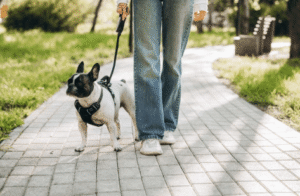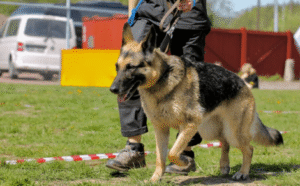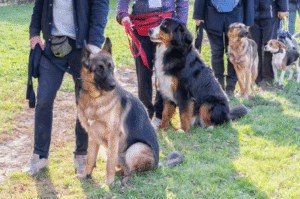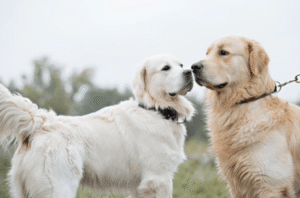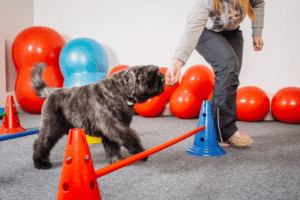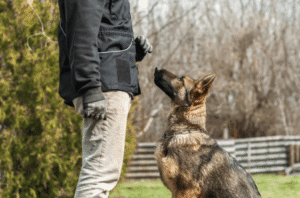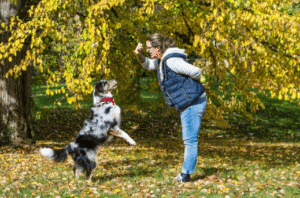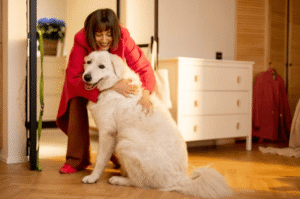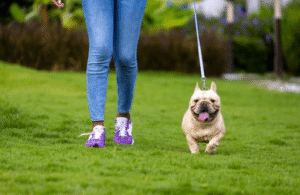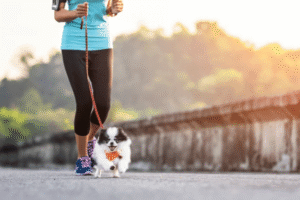
Daily exercise for dogs in Boise matters more than you might think. As a dog owner, you want your pup to thrive. That’s why physical activity, mental games, and quality time together are essential. In this article, we’ll explain the key benefits of daily exercise and how to make it work in our Boise community.
Why Exercise for Dogs in Boise Supports Physical Health
Just like us, dogs need regular exercise to maintain a healthy weight and vibrant life. Without it, they face risks like obesity, diabetes, heart issues, and joint pain. Fortunately, Boise offers plenty of dog-friendly areas where you can keep your pup active.
Learn more about how much exercise your dog really needs from the American Kennel Club. By understanding the basics, you can prioritize exercise for dogs in Boise and prevent long-term health problems.
Mental Stimulation & Behavior
Exercise isn’t just about movement — it’s also about engaging your dog’s mind. For example, playing fetch, exploring new trails, or solving food puzzles all provide mental stimulation. As a result, your dog will be less likely to develop boredom-driven behaviors like chewing or barking excessively.
Strengthening Your Bond
In addition to physical health, shared activity deepens your bond. When you go for walks, hikes, or play sessions, your dog learns to trust you more. Consequently, training becomes smoother and your relationship strengthens.
Socialization Matters
Boise is full of opportunities for dog-friendly outings. For instance, off-leash parks and hiking trails allow your pup to safely interact with other dogs and people. Over time, these experiences build confidence and reduce anxiety, especially in younger dogs.
Why Active Dogs Behave Better in Boise
A tired dog is a well-behaved dog. Because of this, physical and mental activity can dramatically reduce hyperactivity and destructive habits. If you’re unsure where to start, contact us — we’re happy to help you design the right plan.
How to Plan Daily Exercise for Dogs in Boise
Because we live in Boise, we have access to trails, parks, and year-round dog-friendly weather. To build a balanced routine, try mixing in:
-
Walks through your neighborhood
-
Hikes in the foothills
-
Fetch at local dog parks
-
Obedience games that include movement
Even if your time is limited, short sessions still count. Additionally, tailor activities to your dog’s age and energy level so they stay safe and engaged.
Final Thoughts
When you prioritize exercise for dogs in Boise, you’re not just improving your dog’s health. You’re also building better behavior, reducing stress, and creating lasting routines. If you want structured support, our expert team can help with local training solutions.
Ready to see real results? Board & Train and get your dog on the path to success.
Frequently Asked Questions
How much exercise does a typical adult dog need?
Most adult dogs benefit from at least 30–60 minutes of moderate activity daily. Learn more from the AKC’s guide to dog exercise.
What if my dog is older or has health issues?
For senior dogs or those with joint issues, shorter walks, gentle play, and low-impact options (like swimming) work well. Always consult your vet.
How can I make walks more mentally enriching?
Add variety by changing your walking route, allowing sniff breaks, playing “find it” games, or bringing puzzle toys for added stimulation.
Can exercise help with behavior problems?
Yes — physical and mental activity can reduce common behavior issues like chewing, barking, and hyperactivity by releasing pent-up energy.
Where can I find local help for dog exercise in Boise?
Visit All Dogs Unleashed Boise or Contact Us to learn how our local trainers can support your dog’s exercise routine.
